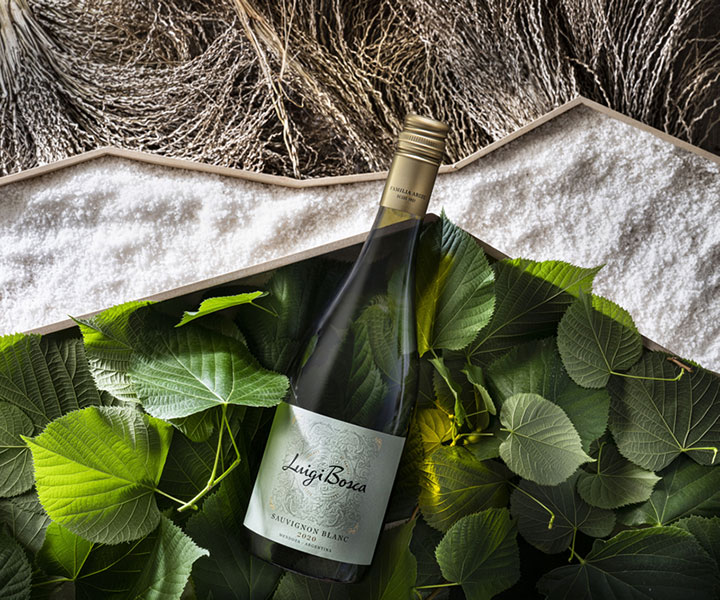“Variety is the spice of life”, the saying chants, and Argentinian wines are proof of that. Along the last years, the national drink has explored new paths and has gone from quite alcoholic wines, with dense structure and highly concentrated to a more diverse landscape that now includes fresher, lighter wines with a lower alcoholic content.
In the last edition of ProWein, the most important international wine and spirits fair at the moment, low-alcohol brands were established as a trend.
Alcohol content: Terroir’s origin
Alcohol is formed into the wine through the fermentation process, that is to say, when yeast affects the sugar in the grape must (ground grapes) y turns it into alcohol. Although this process takes place at the warehouse, the level of alcohol in wine is determined by the content of sugar that grapes have since the vineyard, so we could say that the terroir has an impact on the content of alcohol. For instance, because grapes in colder zones contain less sugar, wines from some European regions barely reach 9% or 10% alcohol.

Of course, the most influencing variable in the terroir are the climate and how it changes along years, so the alcohol content is also vintage-dependent.

This correlation between the alcohol content and the terroir makes it impossible to create a universal definition as to determine the exact parameters to say that a type of wine is “low alcohol”. That’s why wines are classified under this label when they have a lower content of alcohol than their region average.
Of course, the most influencing variable in the terroir are the climate and how it changes along years, so the alcohol content is also vintage-dependent.
And, although the terroir is a key element, oenologists and agronomists also use the harvesting time to determine the alcohol-content, as grapes accumulate sugar as days pass by. Consequently, grape must will have less sugar contents in case of early harvesting, and, thus, less alcohol.
Our wines
There are several low-alcohol options among our wine collection.
Luigi Bosca Rosé is a Rosé, our iconic rosé wine, contains 12.5% alcohol. It’s a fresh, expressive delicate and highly versatile wine, which harmonizes with different dishes and could even work as an appetizer.
Containing 13.1% alcohol, Luigi Bosca De Sangre White Blend offers an expressive smell, with a clear fruity essence, with some notes of white fruits, like green apple and peach. Within the mouth, is tastes fresh, agile, neat and elegant.
Luigi Bosca Sauvignon Blanc (13,1% alcohol) is also in that line. A lively, refreshing wine that tastes mild and balanced. It is distinguished for its amicable tanginess and its vibrant herbal touch. Within the mouth, it has a nice volume, which makes it the ideal wine to match blue cheese, seafood and all kinds of fish.



